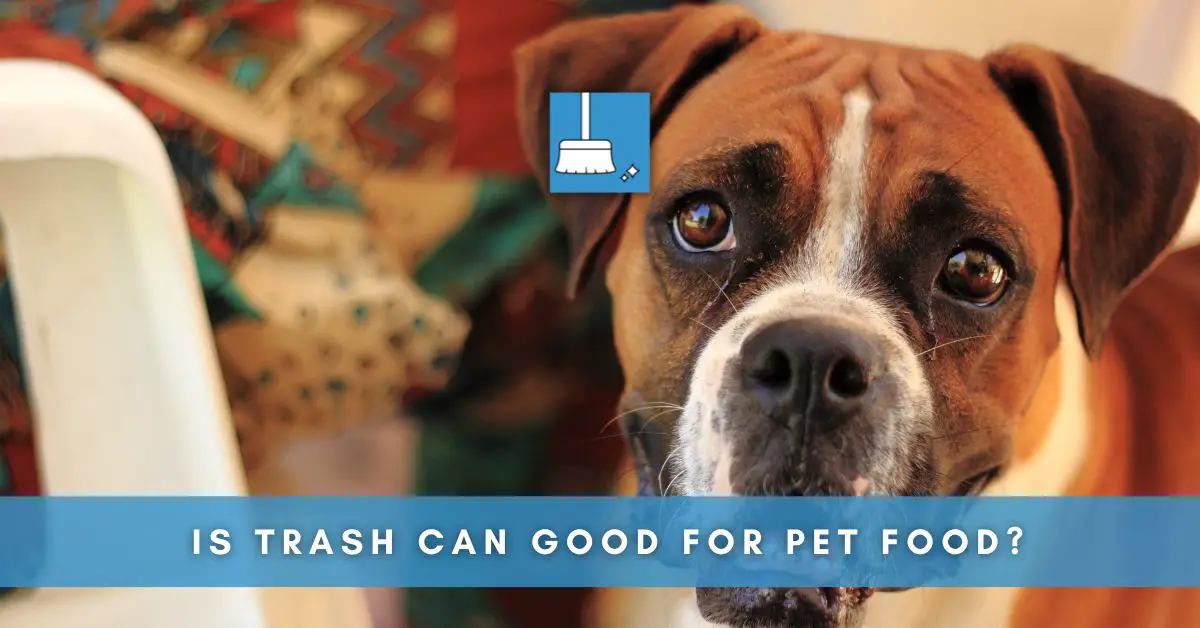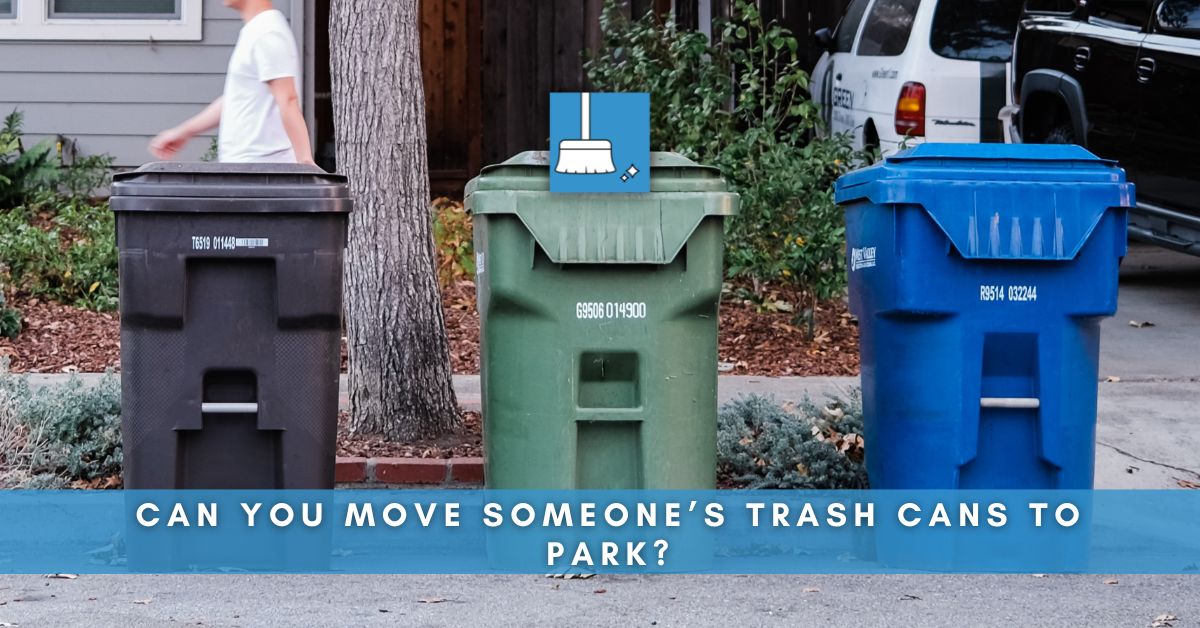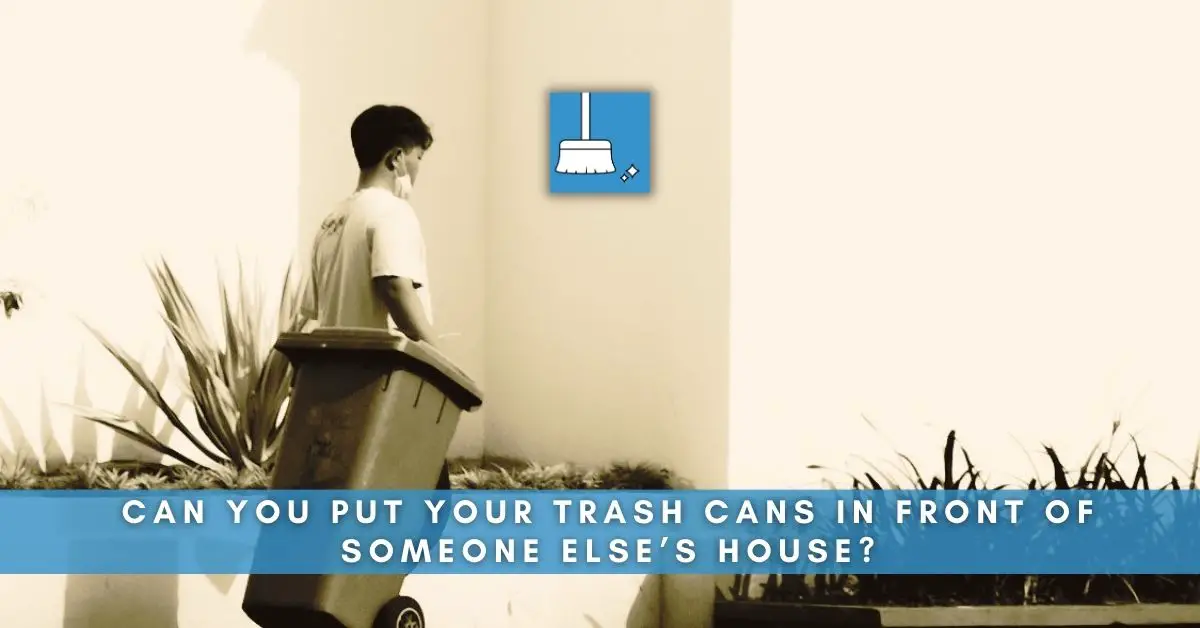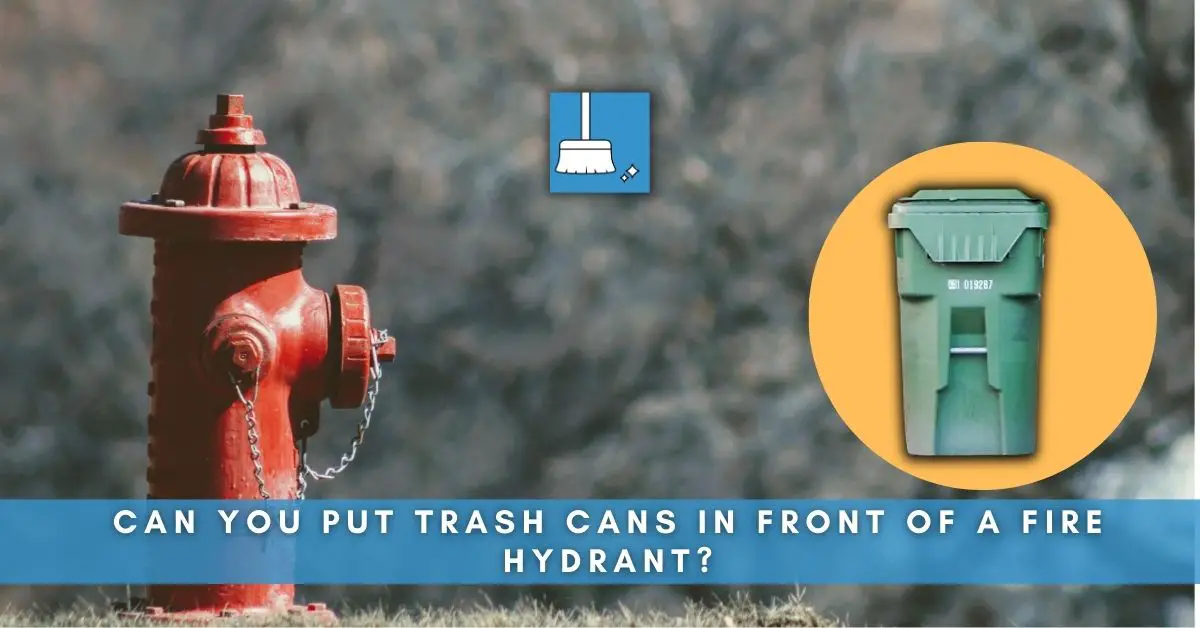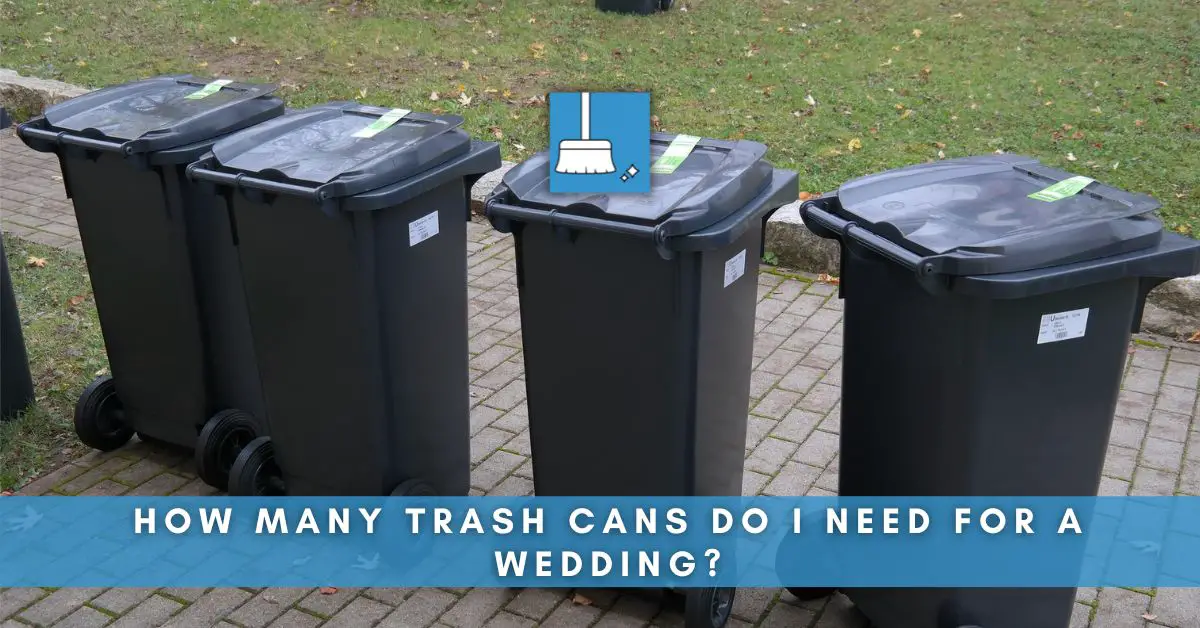Do you ever wonder what happens to those tiny bits of leftovers when you toss them into the trash can? Does your furry friend sniff around the waste bin as if a treasure hunt is unfolding before their eyes? This curious behavior is completely natural and understandable. But does that mean the trash can is a safe and suitable source of food for your pet, or could it lead to unwanted consequences?
Pets Eating from the Trash Can (Dangers)
Trash cans can present some risks to pets, as they often contain items that are not safe for them to consume.
1- One of the main dangers of pets eating from the trash is the potential for illness. Over time, moisture and air can infiltrate the trash can, spoiling the pet food and rendering it unsafe for consumption.
Spoiled and raw foods found in trash cans are more likely to be contaminated with harmful bacteria, such as Salmonella.
Consumption of these bacteria can lead to an illness known as Salmonellosis. Pets affected by Salmonellosis may experience symptoms such as fever, shock, lethargy, diarrhea, vomiting, weight loss, and dehydration, often requiring veterinary care.
It’s also worth noting that Salmonellosis can be transmitted from pets to humans, making it crucial for pet owners to keep their furry friends out of the trash to ensure the health of the entire family.
2- In addition to the risk of illness from spoiled food and bacteria, pets may also consume non-food items from the trash, such as paper products, Styrofoam, or plastic, which can potentially cause harm.
Although consuming these items in small quantities might not cause significant harm, ingestion of large amounts can lead to gastrointestinal obstructions and other health issues.
Pets may also inadvertently consume dangerous substances that are present on discarded napkins or paper towels, such as cleaning chemicals or spoiled food residue, which may lead to gastric distress or poisoning. [1][2]
Can You Use Empty Trash Can to Serve Pet food?
If you have a small trash can (made of food grade material) that your pet can easily eat food from and you’ve thoroughly cleaned and sanitized it before putting pet food in it, you may use it to provide food to your pet.
To protect pets from potential bacterial sickness, it is essential for pet owners to store their pet food properly.
By using airtight containers designed for pet food storage, owners can reduce the risk of food spoilage and the growth of mold and bacteria in the food.
Additionally, it is vital to observe proper food handling, ensuring that the pet’s bowls are cleaned regularly and that any signs of spoilage are addressed promptly.
Can Trash Can be Used to Store Pet Food?
The main question to consider is whether the plastic of a regular trash can could potentially leach harmful fumes or chemicals onto the pet food.
It is important to note that as long as the pet food is dry and stored within its original packaging inside the trash can, the risk of any leaching should be minimal.
Furthermore, using a trash can that is specifically designed to be a dog-proof storage unit can prevent your furry friend from accessing the food when they’re not supposed to.
When selecting a trash can for pet food storage, it is crucial to opt for a reliable and sturdy option that won’t be easily opened by your dog.
A good dog-proof trash can should be built with durable, chew-proof materials and features a secure seal to reduce any tempting smells. [3]
3 Creative ways to store pet food
When it comes to storing pet food, it’s essential to find a solution that not only keeps the food fresh but also fits seamlessly into your home decor.
1- One creative option is repurposing a baby diaper pail, which is designed to contain odors, making it an ideal storage container. To ensure the pail is food-safe, either use a food-grade liner bag or clean the pail thoroughly before use.
2- Another innovative idea is to use cat litter buckets, which can be easily cleaned and transformed into a pet food container.
For those looking to add a touch of personalization, consider painting or decoupaging the outside for a unique touch.
To hide the container from view, simply tuck it away in a closet or large cupboard, keeping the food fresh and accessible.
3- A more unconventional approach to pet food storage is using an old hard shell suitcase.
Removing the fabric liner and placing a large bag of pet food inside allows for a discreet and functional storage solution. This is particularly useful for those with limited space or who wish to keep their pet food hidden from view.
Paper products & chemicals can harm pets
While it may seem harmless for our pets to take an innocent nibble from the bin, ingesting items from the trash can actually pose a significant danger to them.
One hidden danger within our trash cans comes from paper products and chemicals.
Consuming paper products like napkins, towels, and toilet paper might not necessarily harm your pets unless consumed in large amounts.
However, it is important to consider that these paper products could have absorbed harmful chemicals or residues from spoiled food or cleaning products.
In these cases, your pet might experience gastric distress or even poisoning.
Pets that consume Styrofoam or plastics from the trash can may also be at risk for gastrointestinal blockages. These materials may not be inherently toxic, but if consumed in large amounts, especially by smaller animals, they could potentially lead to serious medical issues.
Moreover, certain materials like plastic and PFAS in pet food packaging have been linked to negative health effects as well. [4]
Reasons pets are attracted to trash
Pets derive pleasure from scavenging trash cans due to their strong instincts. These instincts have evolved from their ancestors, who have been known to survive on human leftovers. Trash cans hold an irresistible appeal for pets, especially dogs, who have developed a strong sense of smell to locate items they consider edible.
In the wild, dogs depended on finding food hidden in odd places, and trash cans offer just that. The scents and food items in trash cans excite them and make tearing apart packaging and contents inside even more enjoyable. Their earliest memories involved sifting and scavenging leftovers left by humans.
Preventing pet trash can problems
One of the best ways to prevent pets from rummaging through trash cans and possibly ingesting harmful substances is by investing in secure, pet-proof trash cans.
These specially designed cans often come with features such as locking lids, foot pedals, and stable construction to keep curious pets at bay.
It’s important to establish some ground rules with your pets. By teaching them that the kitchen and trash areas are off-limits, you can minimize their chances of getting into dangerous situations.
Training your pets right from the start is crucial – avoid feeding them table scraps, discourage begging, and consider crate training for when you’re not at home.
Be mindful of what you’re throwing away, as many items can be dangerous to your pets. Dispose of spoiled food, cleaning products, sharp objects, and other potentially hazardous items in a responsible and secure manner.
By keeping a clean and organized household, you can help ensure that your cats and dogs stay safe and healthy.

